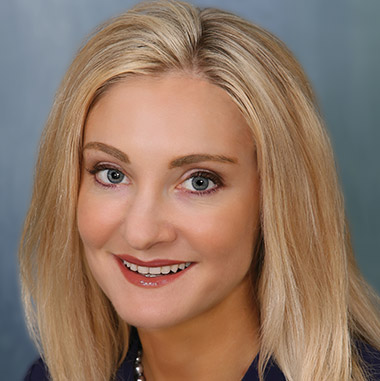
Giving USA's Results Don't Need to Be Yours. How to Raise More in 2023
The results of the recently released Giving USA report showed a 10.5% total giving decline (adjusted for inflation). While many organizations experienced a decline in fundraising last year, others saw real growth in donor giving. What made the difference for these organizations with higher fundraising results?
First, while individual giving declined by 6.4% over 2021, growing organizations shifted their attention to donor advised funds (DAFs). Nonprofits often experience occasional unsolicited DAF grants, In my experience, few organizations market DAF giving. The organizations that actively seek DAF grants by reaching out to their donors who they know have DAFs and identifying and cultivating new DAF donors receive repeat annual grants of increasing amounts.
Another seldom talked about but powerful way for an organization to increase DAF gifts is by creating its own DAF program. While many organizations don’t have the financial ability to manage DAF assets, they can take advantage of a number of DAF providers that will administer a private-label DAF program for their charity. This means that the charity can market a DAF program in its name helping its donors streamline their giving and make grants to their favorite causes. Organizations that maintain a DAF program are also likely recipients of DAF grants.
Second, organizations that focus on bequests saw higher fundraising totals. Bequests rose by 2.3% over 2021 making them 9% of total fundraising dollars raised. While their share of the fundraising pie is much smaller than individual giving, the real story here is that organizations that talked with their donors about bequests coupled with annual and major gifts, what is termed blended gifts, ended up in a far better place than those organizations focused primarily on outright gifts alone.
There is a paradigm shift in fundraising that has been taking place over recent years towards blended giving. Blended gifts are not just a theoretical topic of discussion for fundraising conferences. The organizations that want to stem the downturn in major gifts and increase their results have moved in this direction offering donors who previously gave immediate cash gifts the opportunity to combine a likely smaller gift today with a bequest made in a will. If your organization hasn’t made the shift away from a pure focus on immediate giving, it should begin today.
Third, the organizations that are thriving are focused on noncash gifts. Donor wealth is in assets not in cash. I recently spoke with an executive director of a nonprofit that is more than 20 years old and they have raised mostly cash gifts. They don’t have a gift acceptance policy for accepting gifts of complex assets. They hadn’t even thought about it until I mentioned they needed one. If your organization is focused only on cash, I bet your fundraising results were lower last year, because donors just aren’t parting with cash the way they used to give.
Refocusing your efforts on accepting noncash gifts is the way to help your donors make the gifts they still want to make without impacting their personal security. If you can help your donors see how they can make their normal gifts through an IRA QCD, a gift of low-performing appreciated securities or real estate they are no longer using, you can help them achieve the impact they desire while supporting your cause.
Conclusion
If you are concerned about the results you and other charities have experienced over the last year, make a change. Refocus your attention on the gifts donors can make. Your donors still want to support your cause. It’s up to you to offer them the right range of opportunities that give them the ability to help you today and into the future.

